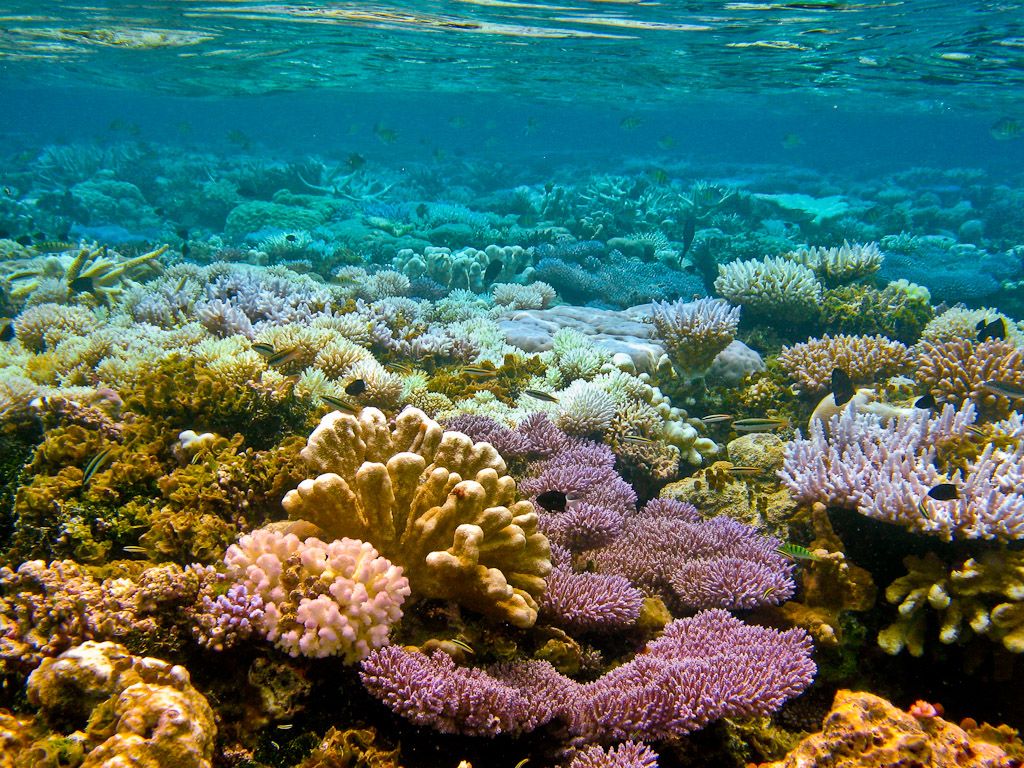Coated seeds may enable agriculture on marginal lands
Providing seeds with a protective coating that also supplies essential nutrients to the germinating plant could make it possible to grow crops in otherwise unproductive soils, according to new research at MIT. A team of engineers has coated seeds with silk that has been treated with a kind of bacteria that naturally produce a nitrogen … Read more









